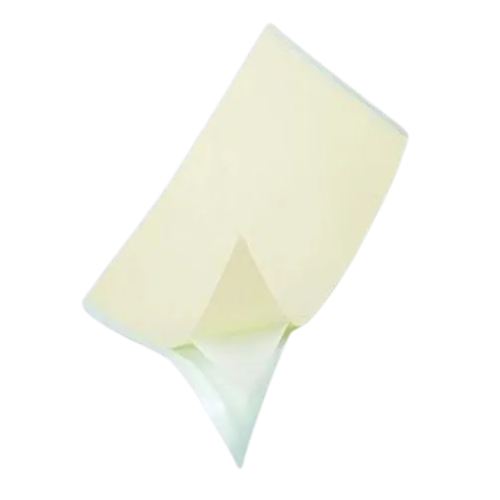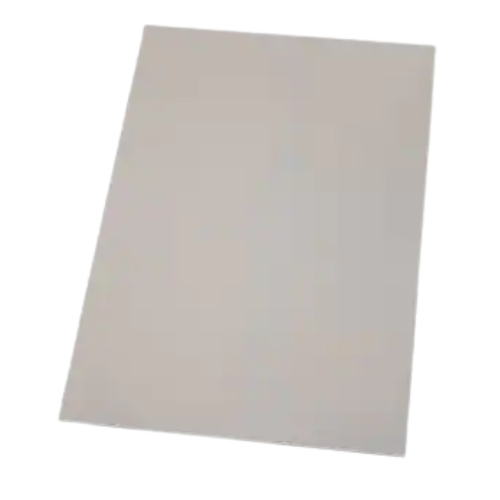With the forever-increasing innovations in technology and reducing the sizes of electronics and other devices, heat generation has increased to such levels that thermal solution is not a luxury anymore.
The right thermal solution is needed to provide better performance and active solutions to the device. The thermal pads are used for the same reason to help dissipate the heat from high heat-generating components like ICs and internal circuitry.
Best Offer Available
What Are Thermal Pads?
The thermal pads are small pieces of thermally conductive materials that help in moving the heat away to the heat sinks. It is applied in between the space and the IC of the device.
It can be soldered to the PCB and then a heat sink is attached to the other side.
This helps in moving the heat away from the circuit into the heat sink. This brings down the temperature of the objects.
What Are The Advantages of Using Thermal Pads Over Other Materials?
The Best thermal pads provide a better experience while working them. These are non-messy and help in keeping the device lightweight and compact.
It can be cut into specific sizes to fit the place and the corners can also be trimmed. This provides a seamless and accurate application.
These come on various materials that can be used in various applications based on the metal of the PCB or heatsink.
How To Use The Thermal Pads?
Application of the thermal pads is relatively easy in comparison to other thermal interface materials. It has a protective layer that needs to be peeled off before application.
The adhesive side should be attached to the PCB and another side to the heat sink. This will ensure the right thermal conduction and provide the heat transfer feature to the heat sink.
It lays perfectly on the surface and fills the uneven gap that provides better thermal conductivity.
The thermal pads can withstand high temperatures which means they will not melt and leak into the complex circuits to create permanent damage.
What Are The Types of Materials that Are Used in Thermal Pads?
Thermal pads come in a variety of ranges to serve various applications as not every application is suitable for one type of thermally conductive material.
The silicone and graphite-based thermal pads are the most common but we have more options to choose from. We have other materials like acrylic, polyester, aluminum, and fiberglass.
Acrylic is another material that is used in several other applications like automotive and home appliances.
Benefits
- It provides a non-messy application.
- The thermal pads come in various sizes that help in filling the smaller as well as bigger gaps.
- The gap-filling feature helps with shock and vibration absorption. It provides better stability of the device and components.
- The thermal pads are easy to work with and can be customized in desired shape and size. The die-cut option makes it feasible and useful.
- The easy installation can be another benefit that makes it in high demand.
- It also provides quicker assembling time which means that you do not need to wait for it to be done after application.
- The device is ready to be used immediately and there is no time needed to wait for it to dry up.
- The pads have this additional feature to contour their shape according to the space it needs to be fitted in. This enables the use of irregular and uneven surfaces.
- It is pressure-sensitive which means you do not need any additional tools to make it work. After laying it onto the surface just press it lightly to attach it and it’s done.
- The application process is really simple and smooth.
Conclusion
The thermal pads are used to provide the thermal conduction, these come in various thermally conductive materials. The pads are easy to work with and do not need additional equipment for the application.
The right thickness is enough to eliminate the need for additional thermal material. The most common type of pads is silicone and acrylic based and used in various areas such as manufacturing semiconductors, PCBs, ICs, home appliances, and many more areas.



